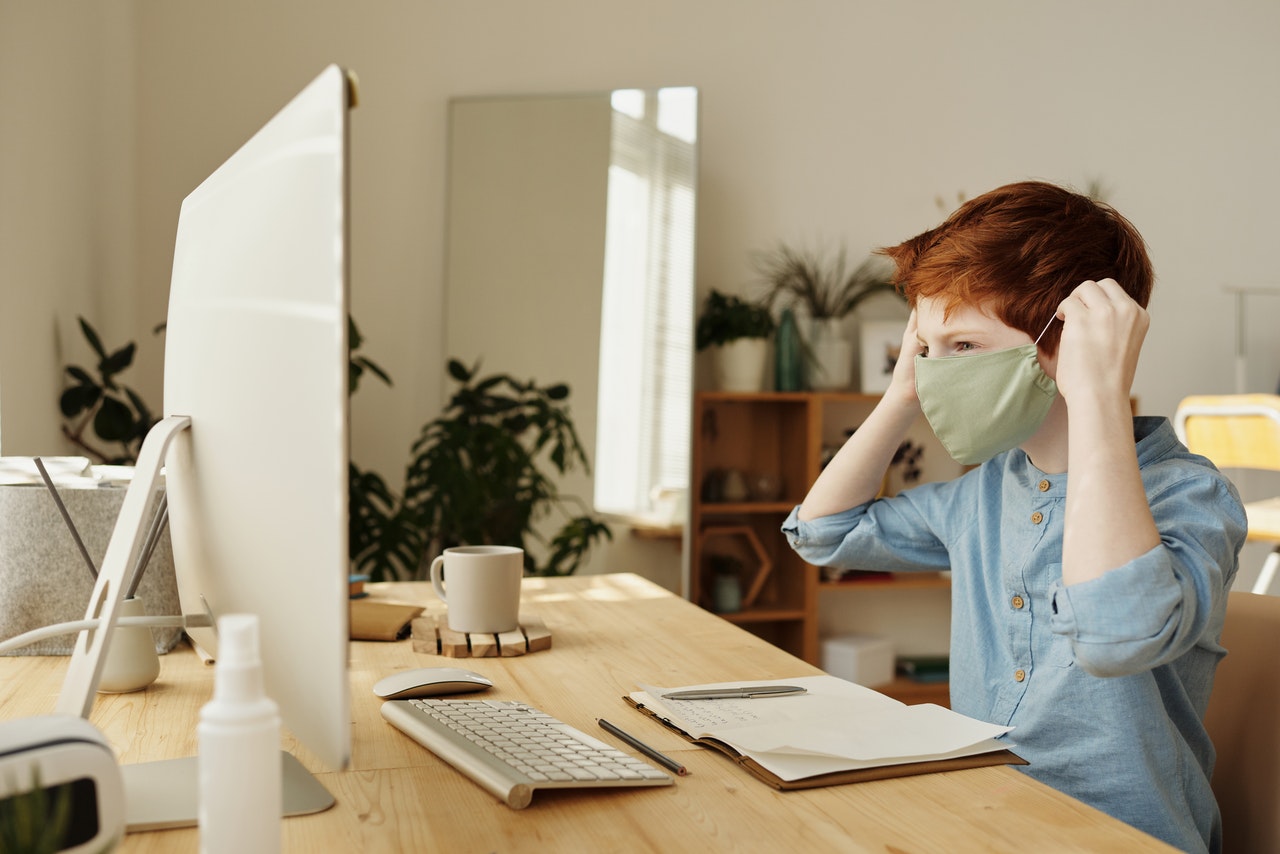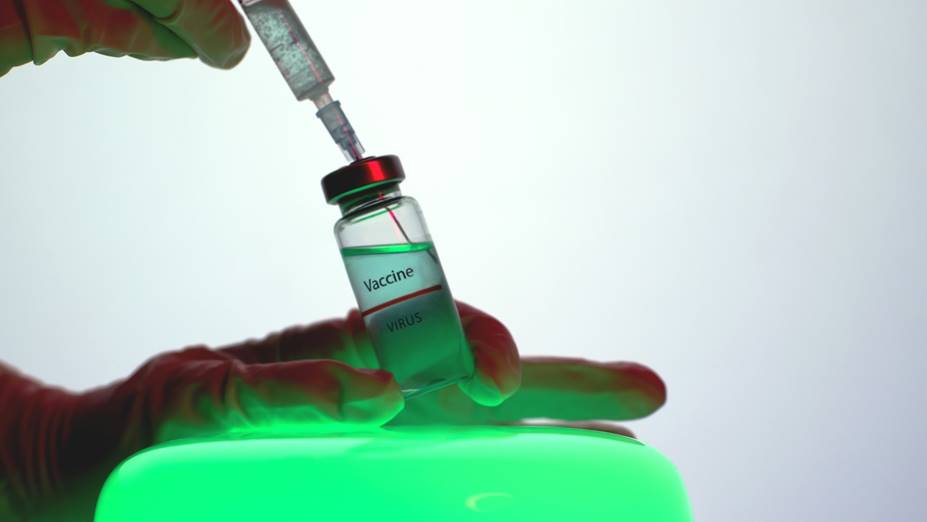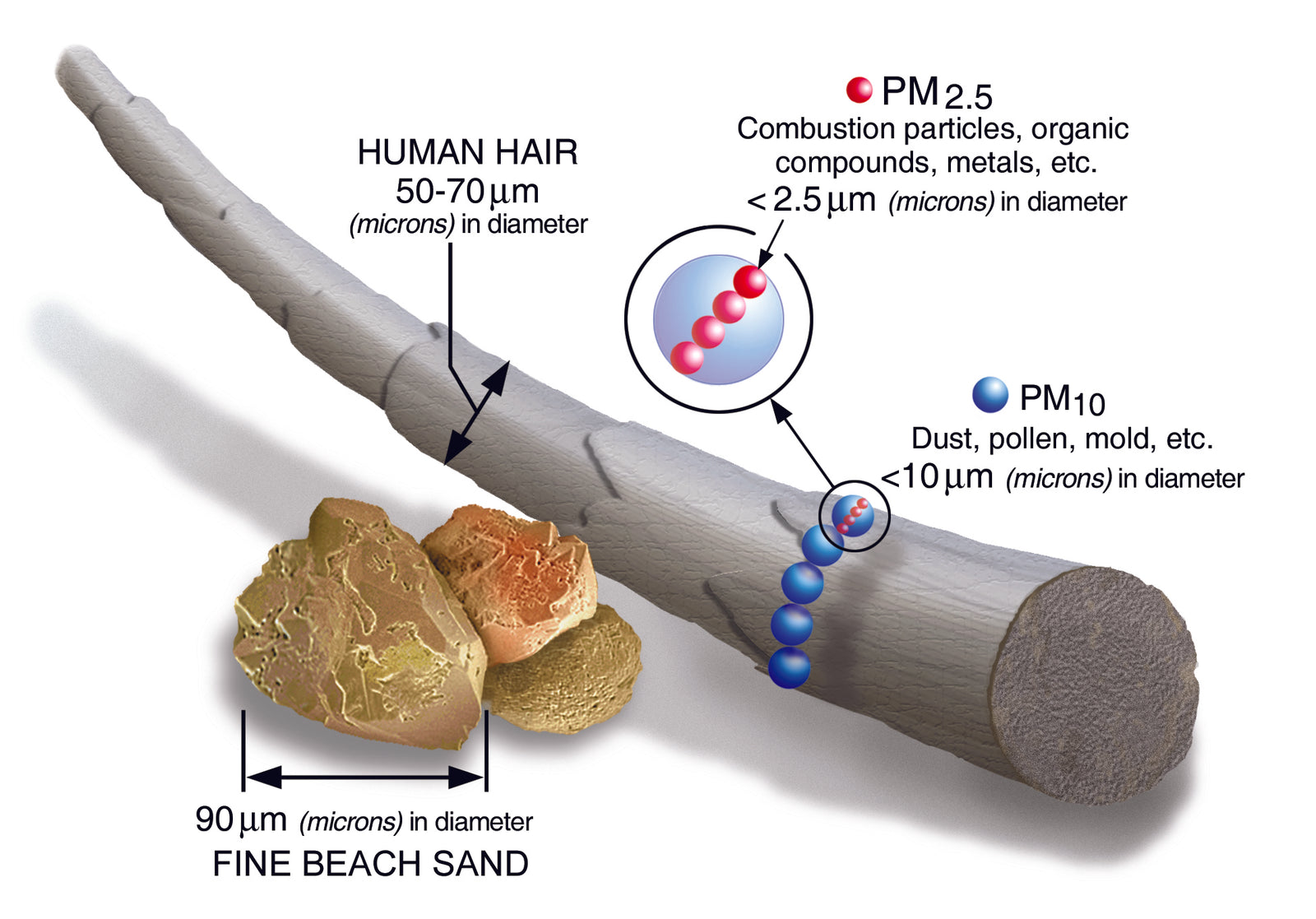An Unusual Journey to Normalcy

I'm not a germaphobe, but I am the guy that arrives at spin class or the yoga studio just a few minutes earlier to wash down anything that someone could have touched. I don't know; there is just something about items that are frequently handled or shared by others that send off red flags for me. It's the reason I designed our first Earthwise UV appliance back in the Summer of 2019. I thought the industry needed a product to sanitize shared items like books, magazines, yoga straps and blocks, key cards, and even towels where and when possible. Selfishly, I was thinking about gyms and studios. However, when we started to look at the market opportunity, it became clear that schools and churches were breeding grounds for infectious disease spread. With a minor pivot, we shifted our investor presentation to this larger opportunity.

Understanding the numbers
We released our first "Investor Pitch Deck" in October 2019. We trial ran it for friends that might support us. What follows are a few of the bullet points and a quote from the pitch.
New infectious viruses and diseases are discovered every year for numerous reasons, including:
- The human population is growing at 1% per year; more people mean more potential host
- People continue to move to urban locations bringing them in more contact with others
- Regional and international mass transit provides a platform for the rapid distribution of germs
- New pathogens will cross over between humans, livestock, and animals, spawning new outbreaks and viruses like H1N1, SARS, and Zika
"The 2018–2019 season was the longest flu season in the past decade. Most of us have never seen a flu season like that." Dr. William Schaffner, M.D. Vanderbilt University Medical Center
We also looked at the costs, illnesses, and deaths associated with the cold and the flu. In the United States, we typically see between 40,000 and 60,000 deaths, at an annual cost of $11 billion, with a half-million hospitalizations and over 40 million sick citizens each year.

Earthwise UV Investor Deck, 11/21/2019
Hindsight is always twenty-twenty
January, we had secured a Florida-based manufacturer and found a US source for the specified UV lamps we required. However, in late February, everything changed. A larger company contacted our manufacturing partner, who had UV experience, to build a product for them, we were dropped. Our US lamp supplier pushed our lead times to 16 to 20 weeks. We were in the early throws of Covid-19 awareness, and companies with more experience were getting into the game in a big way. It forced us off offshore to Asia to source and OEM products. We needed to weather the production delays.
China was already being hit hard by the virus as factories had been closed, communities locked down, and production delayed indefinitely. Once manufacturing began, we had to commit to thousands of units to secure the inventory ahead of the global demand for UVC based portables, boxes, and cabinets. We often fought production, and customs delays, which challenged our ability to maintain the customer services central to our philosophy as a company. We have been donating our surplus portable devices to universities and research groups interested in UVC technologies; let us know if you’re aware of an organization that might be interested in some of our remaining inventory?.
The airborne nature of biological pathogens
By March, based on the small size of the virus, the CDC reported the virus traveled best through the air. Our company again pivoted as we researched UVC products that could disinfect surfaces and the air where the particles could reside for hours at a time. Our UVC Smart fixture designed by GK Electronics and the UVC/Ozone lamps remain two of our most popular products across nearly every industry. Still, these lights cannot be used while people and pets are present.
To solve this challenge, we researched dozens of air purifiers in the market. Evaluated different technologies, countries of origin, production capabilities, and interest in working with a company of our size. We reached out to a few US manufacturers but never received any responses (we weren't big enough for them). The Aeris (Swiss-made) folks produce an excellent HEPA-based product and are a pleasure to work with. HEPA products receive a lot of hype because of the standards and commercialization in the 1950s. In my personal and professional opinion, the Aeris device is one of the best HEPA systems you can buy in the world.
Our top-selling APS models designed for us by Kinyo Technologies (Asia-based) utilize a UV module to further eliminate harmful pathogens. Kinyo has been producing its ESP technology for 20 years and is a dominant player in Asia and parts of Europe. The patented technology is equally as effective as HEPA 13/14 filtrations systems without replacing the filters. We successfully delivered over 1000 units in the US in less than a year and are please to say; only two units required repair. Our customers love these devices!
Lowering our guard
The pandemic of 1918-1919 (Spanish Flu), has instilled multiple best practices we utilize still today. When we cough or sneeze, we cover our mouths. We wash our hands more frequently, avoid spitting in the street, don't share common glasses or dishes, and sterilize wherever possible items frequently touched by others (like my spin bike before class).
Few know that ten years after the Spanish Flu, America experienced another pandemic, the Influenza of 1928-1929. Accept this time; citizens were aware of the steps to take. Universities and colleges were teaching what to do when a pandemic occurs. Businesses knew to restrict sizes, socially distance, wear masks, and address as a community. Approximately 50,000 people succumbed to influenza/pneumonia in the 1928-1929 pandemic compared to the 500,000 US citizens recorded in 1918-1919.

Poster distributed by Rennsselaer County Tuberculosis Association, Troy, New York, 1918
Source: National Library of Medicine. Images from the history of medicine cited 2010 Feb 24]
What happens next?
Air purifiers, UV lamps, and sanitizing cabinets are now part of many businesses and households in the US and worldwide. You may ask yourself, what do I do with this equipment once everyone is vaccinated? What will the new normal look like? Will we be wearing masks for the next year or two in specific environments? Will they be running UV lights in the ceiling after your next Zumba class? Will sneeze guards on student desks become a trademark of certain schools as a differentiator? Will your next new car's first aid kit include a couple of N95 masks? No one knows the answers to these questions, but we know the technologies work and reduce the spread of germs.
We recommend using the technology you have to promote a cleaner, safer environment routinely, remembering UV technologies are also effective against mites and molds, most infectious bacteria, and viruses. Air purifiers are also incredibly effective at removing allergens, chemicals, gases, dust, dander, and smoke from your home and business. Don't be afraid or embarrassed to utilize these technologies in the future. The science behind them has been proven and used the world over for decades. By doing so, you'll be helping to reduce the spread of colds, germs, and the flu throughout the year.
Also in News

The History of Vaccines: What it Means for Coronavirus

Size Matters

